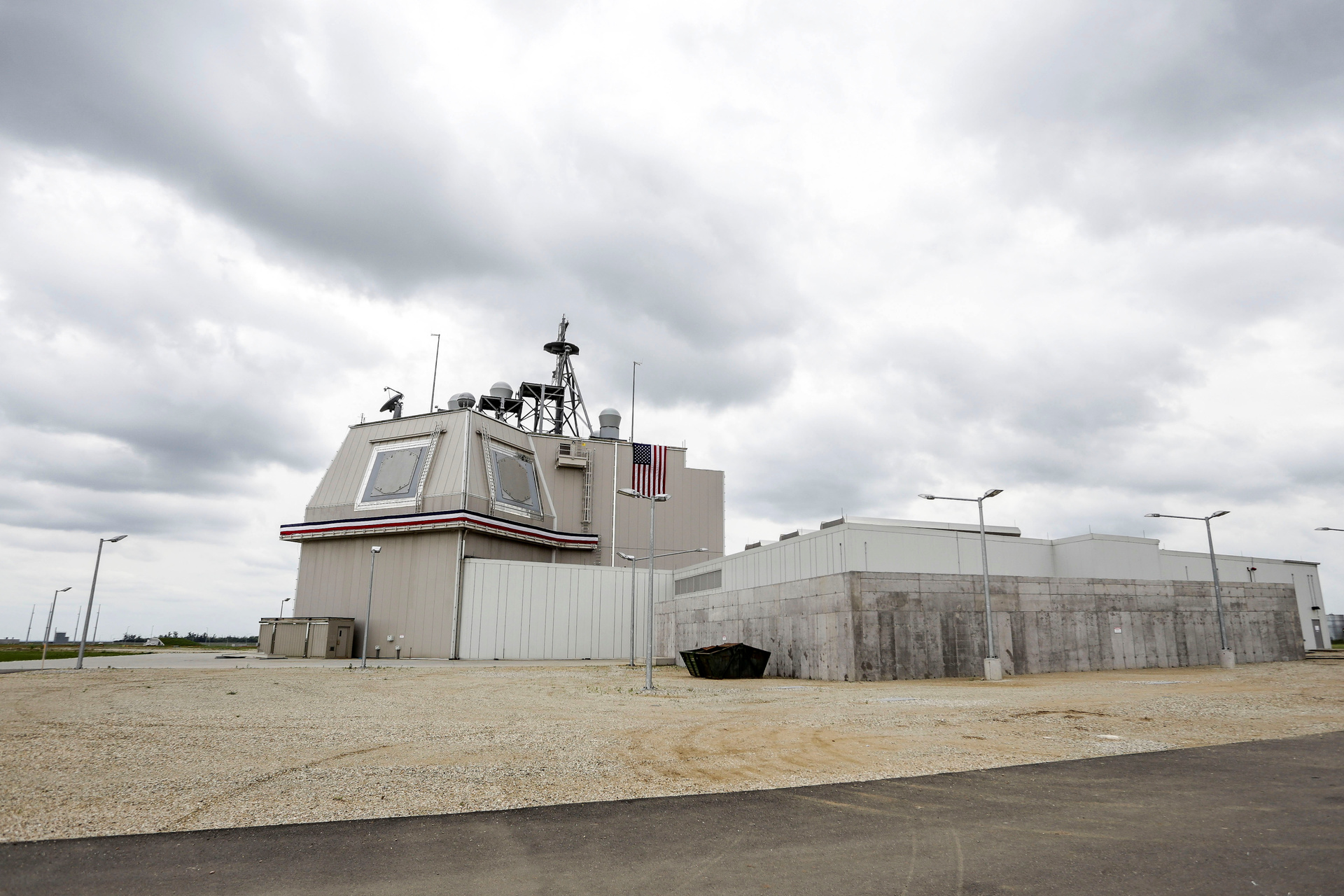The United States Missile Defense Agency has placed a request to conduct market research to "identify vendor interest and opportunities for the Standard Missile-3 (SM-3) Block IIA program." I got acquainted with the document RT.
The agency is looking for potential contractors for the production and delivery of SM-3 Block IIA combat-ready missiles, production control and operational support.
Also, the responsibilities of contractors will include cost management, advanced engineering support, analysis, configuration and data management, information security, as well as software testing and quality control for different variants of the SM-3 rocket.
As indicated in the document, the results of the request for information may become the basis for the procurement of these services from one supplier, if other representatives of the industry do not show interest.
According to the agency’s plans, the contract for this project will start in the fiscal year 2021 (the new fiscal year of the United States will begin on October 1, 2020). Work under the project is designed for 9 years.
According to the document, the Block IIA modification of the SM-3 missile will become the central element of the third phase of the deployment of missile defense in Europe. Commissioning is scheduled for 2020. Such missiles will be deployed for the first time on US Navy ships around the world. Over time, they will be included in the Aegis Ashore coastal defense systems in Europe.
SM-3 Block IIA is the latest modification of the Standard Missile solid-fuel missile defense family. The SM-3 Block IIA missile is being created as part of a joint US-Japanese project. They are designed for firing from the universal launchers (launchers) Mk 41, which are equipped with large warships and ground systems Aegis Ashore in Poland and Romania.
- Reuters
- © Inquam Photos / Adel Al-Haddad
As military expert Igor Korotchenko noted in an interview with RT, SM-3 missiles have been manufactured for many years. So, the United States began their development in the first half of the 2000s, after withdrawing from the 1972 Anti-Ballistic Missile Defense (ABM) Treaty.
“Specifically, this modification of the rocket has advanced capabilities for intercepting targets in near space. Obviously, the US is actively preparing for a new round of the arms race. In particular, they will be able to intercept ballistic targets, as well as destroy satellites in near space using these missiles, ”the expert emphasized.
Shaking World Stability
In 2019, information appeared in foreign media with reference to the “unnamed representatives” of the Pentagon about US intentions to conduct missile defense tests of the SM-3 Block IIA to intercept an intercontinental ballistic missile.
The Russian Foreign Ministry expressed concern about these reports and noted that information about the planned tests "confirms the cynicism" of Washington, which stated that the missile defense system was "non-directed" against Russia.
In addition, the Foreign Ministry emphasized that Russia is ready to take retaliatory measures, including technical ones.
However, in February of this year, Roy Donelson, Raytheon’s senior director of strategic missile defense systems and systems, confirmed that the United States Missile Defense Agency, US Navy and Raytheon intend to test the capabilities of the SM-3 Block IIA to defeat an intercontinental ballistic missile.
US plans to test interceptor missiles for a target that is the equivalent of an intercontinental ballistic missile confirm that the US is beginning to test its missile defense system against Russia. This statement was made by Deputy Minister of Foreign Affairs of the Russian Federation Sergey Ryabkov.
“Upcoming tests of the latest modification of the SM-3 Block IIA anti-missile for the target representing the equivalent of an intercontinental ballistic missile are interwoven into this canvas. Such a missile is at the disposal of a handful of states, and accordingly, the only possible conclusion is that the United States is starting to develop its system to directly counter us, to build capacity that could begin to devalue Russian nuclear deterrents, ”said Sergey Ryabkov.
In addition, as military expert Dmitry Litovkin noted in a conversation with RT, not only SM-3 or SM-2 missiles, but also Tomahawks can be placed in launchers designed for these missiles. Such a likelihood was also previously announced in the Russian Ministry of Defense.
“Not only SM-3 or SM-2 missiles, but also Tomahawks can be placed in launching“ glasses ”of these missiles. “Tomahawks” are long-range cruise missiles, they fly two and a half thousand kilometers and can carry a nuclear warhead, ”he emphasized.
According to Igor Korotchenko, in this way Washington once again threatens stability in the world.
“The United States has been shaking world stability all the way back since 1945. This is an extra statement of what they are doing and this does not add optimism. In this case, we are talking about the fact that the arms race is entering a new, extremely dangerous turn, when the appearance of American missile defense facilities will be possible not only in Poland and Romania, but also, obviously, on the territory of a number of other states, including those bordering with Russia, ”the expert concluded.

